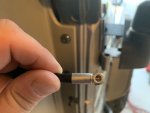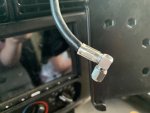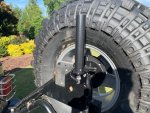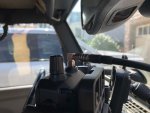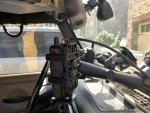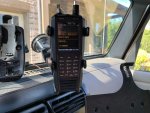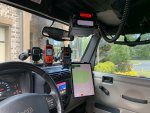Still looks like an uneducated guess on your part. You mention a capacitor and coil, have you taken a COMPACtenna apart to see what's in it? There is no coil and no specific capacitor so lets assume you have not taken one apart and are guessing wrong again. Apparently you didn't read some of the test reports on RR where the COMPACtenna was compared to a full size 1/4 wave and the COMPACtenna won, at least on VHF. I was skeptical, but I got one and tested it. Then I got two more. Now I know the truth. Maybe someday you will know, or maybe not.
Please don't read more into what I said than what I said. You're right, I've never taken one apart, but don't have too. That tuned circuit was just an example of a small antenna, not what the COMPACtenna is.


